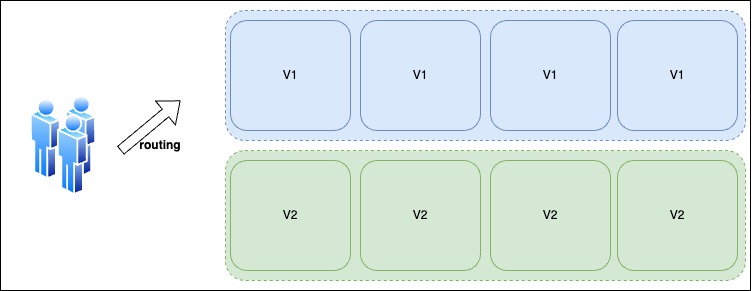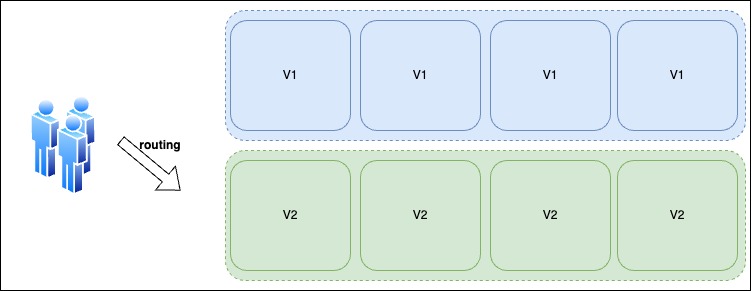In the ever-evolving world of software development, deploying new features or updates without affecting the user experience has become increasingly important. One deployment strategy that aims to tackle this challenge head-on is Blue/Green Deployment. This strategy is designed to minimize downtime and risk by providing a fail-safe mechanism that allows for quick rollbacks in case of any issues. Below, we delve into what Blue/Green Deployment is, its basic workflow, along with its pros and cons.
What is Blue/Green Deployment?
Blue/Green Deployment is a release management technique where two identical production environments are maintained to ensure seamless deployments and rollbacks. The two environments are commonly referred to as “Blue” and “Green.” At any given time, one of these environments is live and serves all user traffic, while the other is either idle or used for staging and testing new features. Once the new features in the non-live (Green) environment are thoroughly tested and confirmed to be stable, the traffic is rerouted to this environment, making it the new live (Blue) environment. This switch can happen with minimal to zero downtime, thus ensuring a smooth user experience.
Goal of Blue/Green Deployment
The primary objective of Blue/Green Deployment is to facilitate a smooth, risk-minimized release process for software applications. The method aims to achieve several interconnected goals:
- Zero Downtime: The foremost goal is to ensure that users experience no interruption in service when updates are rolled out. This makes the strategy ideal for services where constant availability is a requirement.
- Quick Rollback: In case of any issues with the new release, the Blue/Green setup allows for quick and effortless rollback to the previous version, minimizing the risk of negative impact.
- Quality Assurance: The inactive environment provides a robust setting for testing new features or changes under conditions that closely mimic the live environment, allowing for reliable quality assurance.
- Resource Optimization: Although maintaining two environments might seem resource-intensive, the strategy aims to use resources judiciously. This is done by making sure the idle environment is not entirely dormant but is used for staging, testing, or other pre-production tasks.
- Reduced Complexity: Despite the presence of two environments, the goal is to simplify the deployment process by making it predictable and repeatable, thus reducing operational complexity.
Basic Workflow
- Deploy and Test: Deploy the new version of the application to the Green environment.
- Validation: Rigorous testing is performed in the Green environment to ensure it meets all requirements and performance criteria.
- Switch: After successful testing, user traffic is rerouted from the Blue environment to the Green environment.
- Rollback: If any issues are detected after the switch, traffic can be easily redirected back to the original Blue environment.


Pros
- Zero Downtime: One of the major advantages is the ability to deploy changes with zero downtime.
- Risk Mitigation: Quick and simple rollback to the previous version in case of issues.
- Isolation: New features can be thoroughly tested in an isolated, production-like environment before going live.
Cons
- Resource Intensive: Requires twice the number of production environments, leading to extra costs and resource usage.
- Complexity: Having two identical environments can increase management complexity.
- Data Synchronization: Keeping databases and other data stores synchronized between two environments can be challenging.
Conclusion
Understanding Blue/Green Deployment is crucial for organizations that prioritize minimizing downtime and reducing deployment risks. Whether you’re new to this strategy or looking to refine your existing approach, the concepts, best practices, and tips provided here will guide you in implementing effective Blue/Green Deployments.































